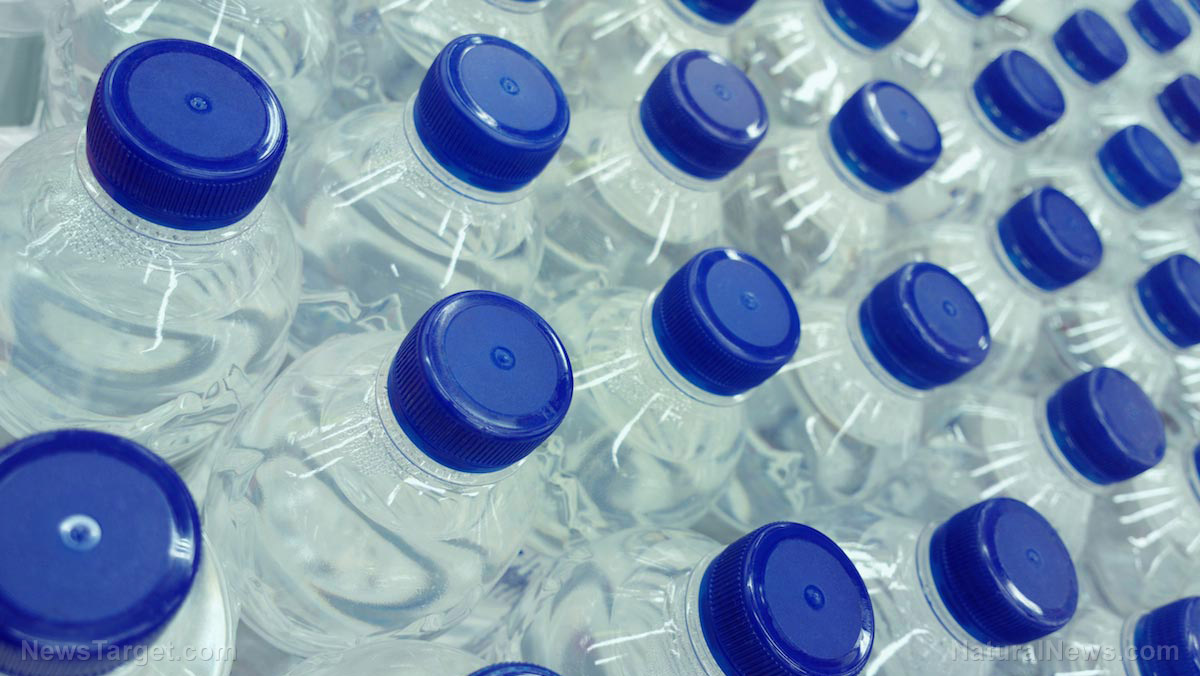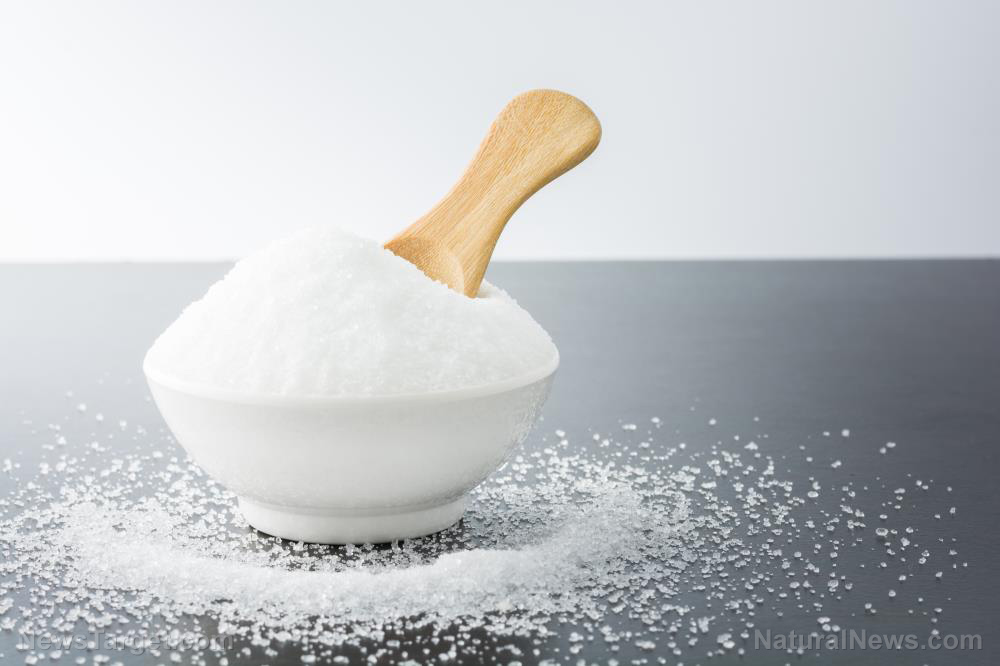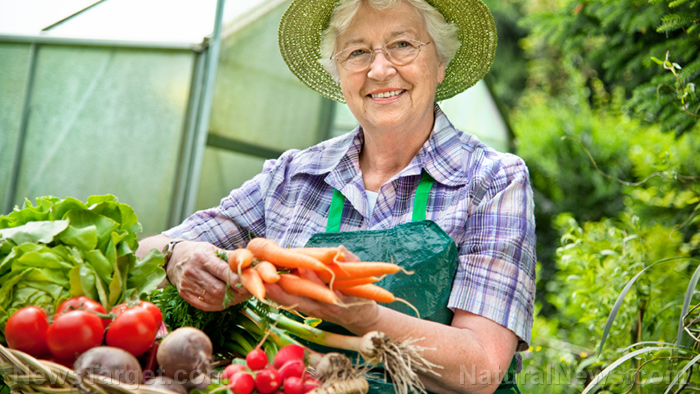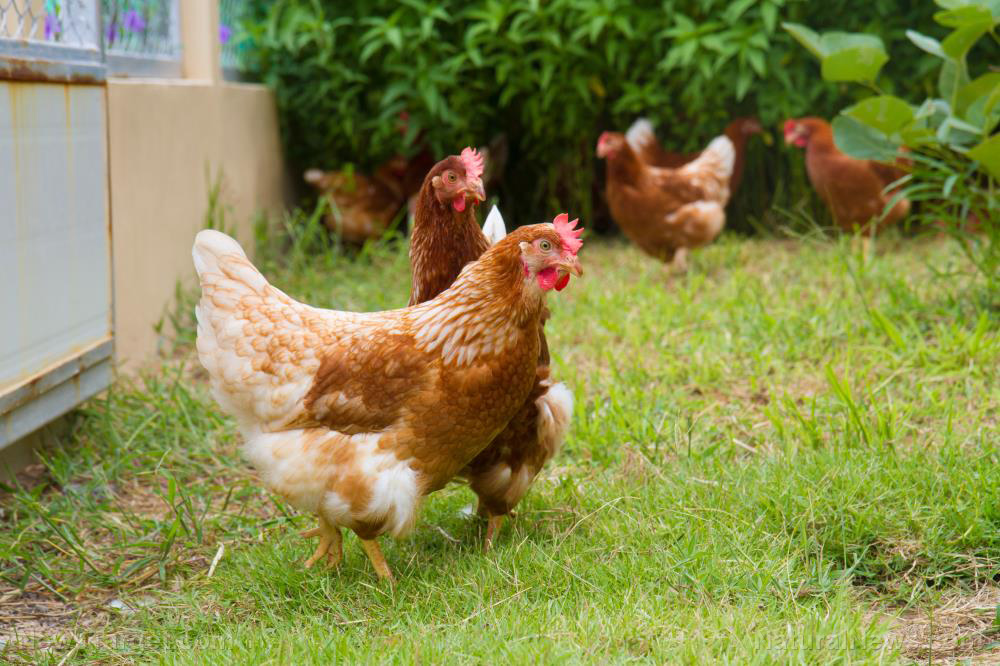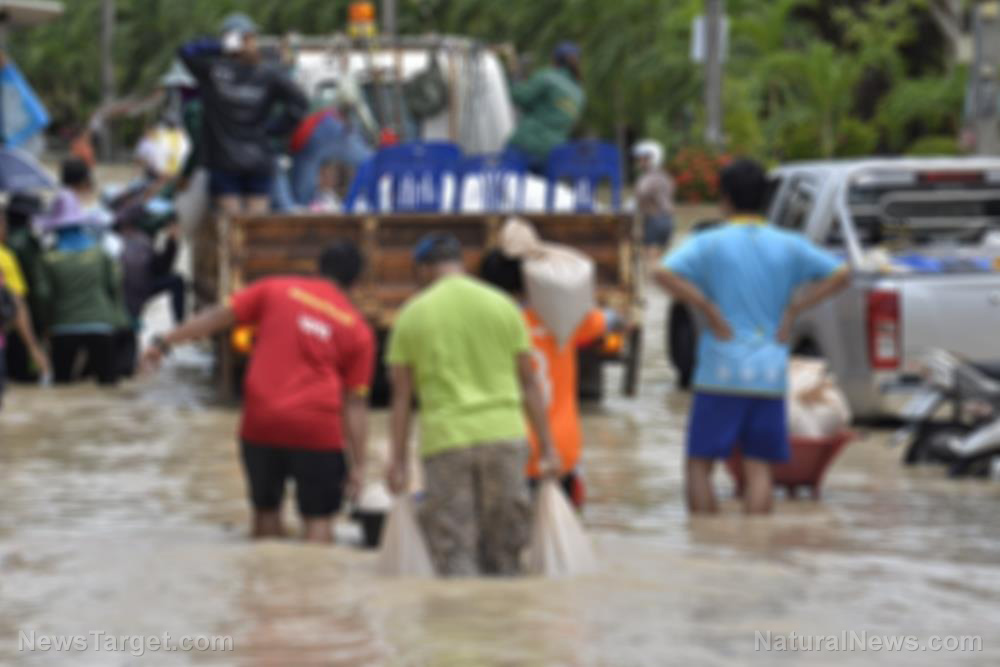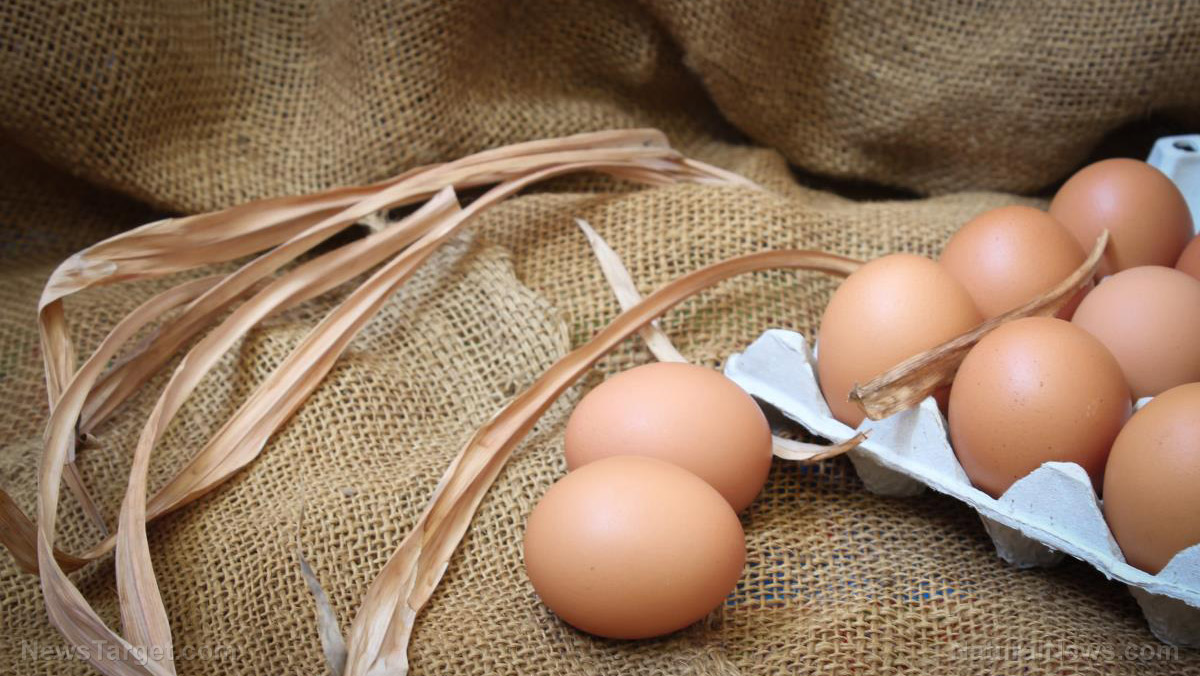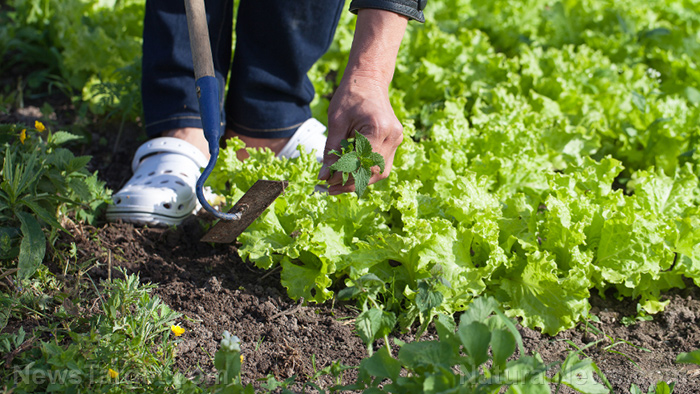Frugal prepping: The top 5 food items you need in your survival stockpile
05/16/2019 / By Zoey Sky

Prepping can be a daunting lifestyle, especially for beginners. Aside from learning various survival skills, one of the most intimidating aspects of prepping is probably setting up your survival stockpile.
If you’re prepping on a budget, start by stocking up on affordable yet healthy food items like dry beans and pasta. You have the option to buy pricier items for your pantry, but the goal here is to teach those on a budget that you can get ready before SHTF without having to break the bank.
Here are some pantry staples that you will need in your stockpile if you want to have access to hearty and healthy food after disaster strikes. (h/t to BackdoorSurvival.com)
Dry beans
Buy beans in retail stores to save some money. To get your money’s worth, purchase beans in bulk. Don’t buy a pound of dry beans at retail for about the same price of a can of prepared beans, especially since you get more servings out of a pound of dry beans.
Beans are nutritious, and they are full of protein. However, beans are an incomplete protein, and this means they lack at least one essential amino acid. To turn beans in a complete protein, serve them with whole grains like rice. The final product is a healthy and nutritious dish.
When stored properly, dry beans have an indefinite shelf life. Your storage options include food-grade five-gallon buckets with desiccant packs or airtight, sealed jars. (Related: Prepping basics: What are “forever foods” and why do you need them in your stockpile?)
Grain rice
Rice is another affordable and nutritious pantry-staple. You can purchase it in bulk, especially if you shop at restaurant supply stores. With rice at your disposal, you can stretch out different meals.
Brown rice has more nutritional value compared to white rice, but the former has a very short shelf life of about six to twelve months. The latter may lack the nutrition of brown rice, but white rice can last about five years in your stockpile.
Use rice as the foundation for a meal and add beans, meat, seafood, spices, and vegetables to create delicious, filling meals. Rice can also be used to stretch out soups and stews.
Rice contains carbohydrates and when paired with beans, you can keep your strength up even in a post-SHTF world.
Rice should be stored in an airtight or vacuum sealed container and kept in a cool, dry place. Doing this ensures that your rice has a maximum shelf life. It will also protect your supplies from pests and dirt.
Pasta
Pasta is another inexpensive shelf-stable that you should store in your stockpile. It’s easy to prepare, and you can use it to make comforting food when your family needs it most.
When stored properly, dry pasta can last at least two years past the expiration date on the product. Store dry pasta in airtight or vacuum sealed containers and keep them in a cool, dry place.
Pasta made with eggs or those with whole grains will have a shorter shelf life compared to other types of pasta made without those ingredients.
With pasta, you can make familiar and carbohydrate-rich meals using other prepper foods like canned or freeze-dried meats, vegetables, or even wild game. If you have pasta in your stockpile, you can keep your family’s spirits up by serving spaghetti or lasagna even after SHTF.
Canned foods
It’s a good idea to cultivate your own survival garden, so you have access to fresh produce even after disaster strikes. But there’s no harm in storing canned meats and vegetables so you have a plan B when your garden can’t yield enough food during a long-term disaster scenario.
Canned fish
Canned fish products are nutritious, and they contain protein and minerals like calcium, iron, omega-3 fatty acids, selenium, vitamin D, and zinc. Nothing beats fresh fish, but if you’re bugging in, it’s better to have canned fish like mackerel, salmon, sardines, and tuna.
Canned meat
Consider canned meat as a last resource. In an emergency situation, canned meats like beef, chicken, ham, or pulled pork are a good substitute source of protein.
Canned fruit
With canned fruit, you can ensure that your family is following a balanced diet even after SHTF. Ideally, you should preserve your own produce, but canned fruit is better than no fruits at all.
Buy canned fruit preserved in its own juice or water instead of sugary and syrupy products.
Canned vegetables
If you run out of fresh vegetables, canned vegetables are a good substitute for the vitamins and minerals that you need.
Label the containers in your stockpile, so you know what date each item was purchased, then rotate it out before the end of its shelf life. Don’t consume rancid or strange-smelling items.
Keep an assortment of food supplies and spices in your stockpile so you can cook different meals while also making the most of what you have. Diversify your supplies so you can cover all bases during both short- and long-term survival scenarios.
Sources include:
Tagged Under: canned meat, drink mix powders, dry beans, dry rice, emergencies, emergency food, emergency rations, food prepping, Food storage, food supply, homesteading, off grid, pantry, pasta, preparedness, prepper, prepping, prepping tips, rice, rice grains, self sufficiency, SHTF, spam, survival, survival cache, survival food, survival gear, survivalist, sustainable living
RECENT NEWS & ARTICLES
EmergencyFood.News is a fact-based public education website published by Emergency Food News Features, LLC.
All content copyright © 2018 by Emergency Food News Features, LLC.
Contact Us with Tips or Corrections
All trademarks, registered trademarks and servicemarks mentioned on this site are the property of their respective owners.


